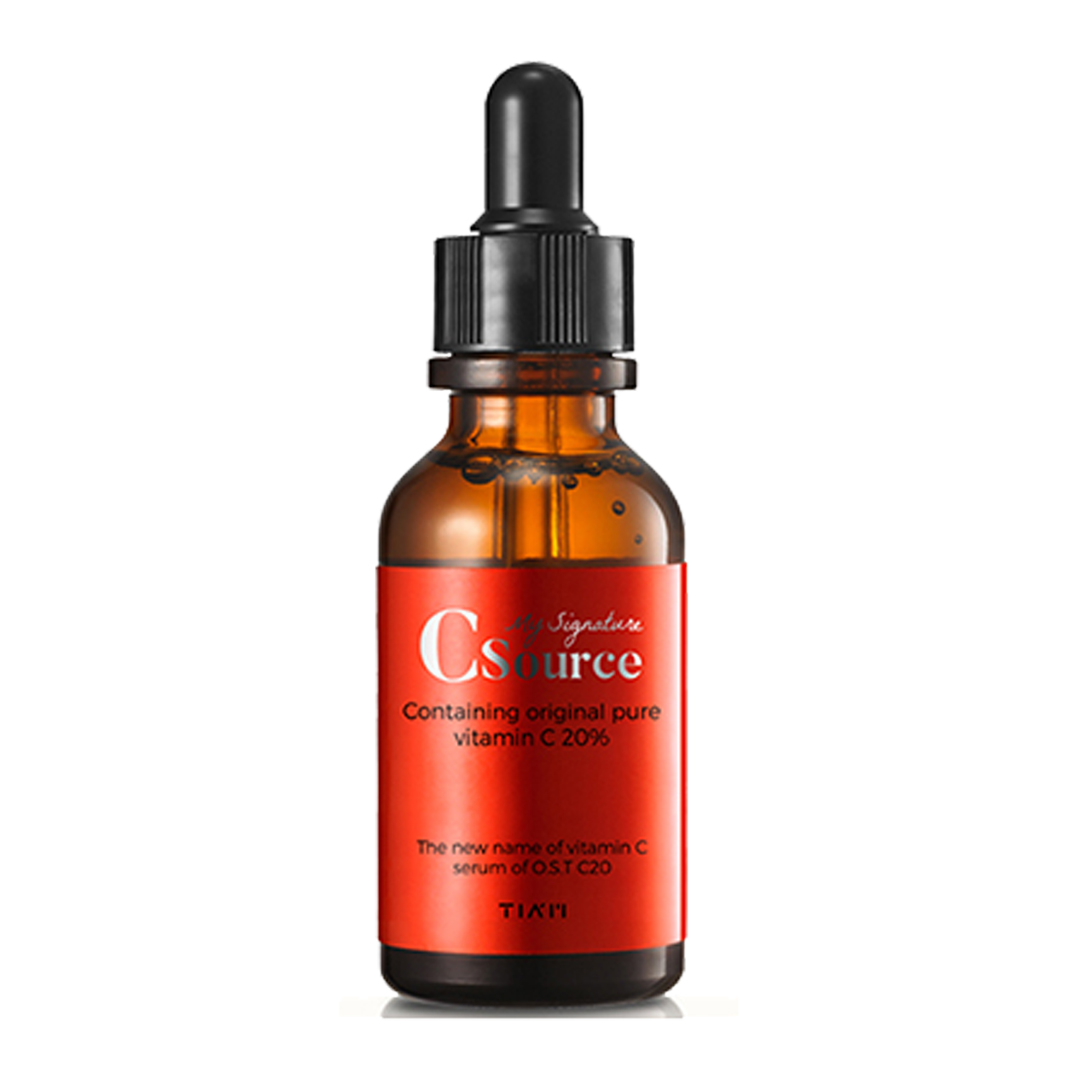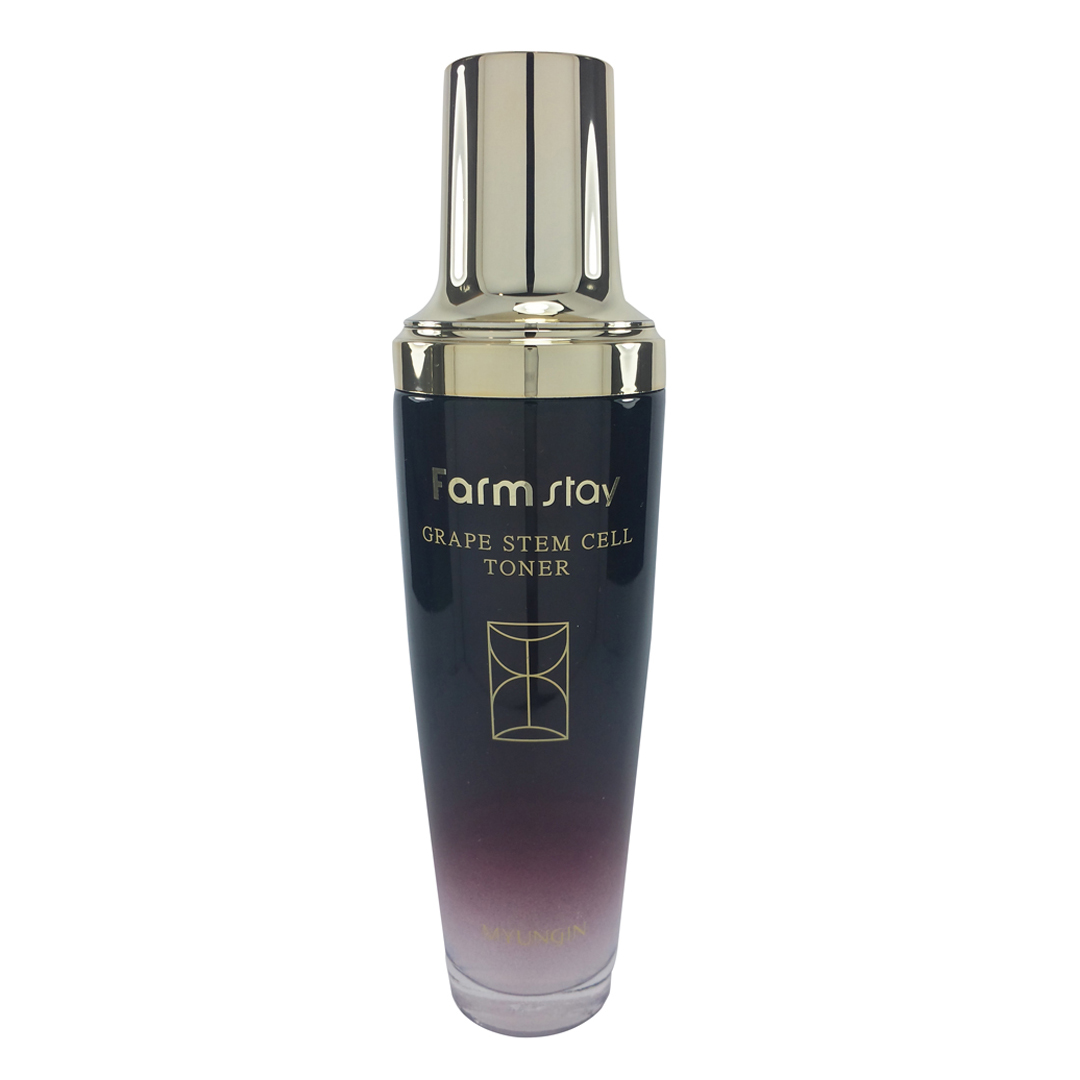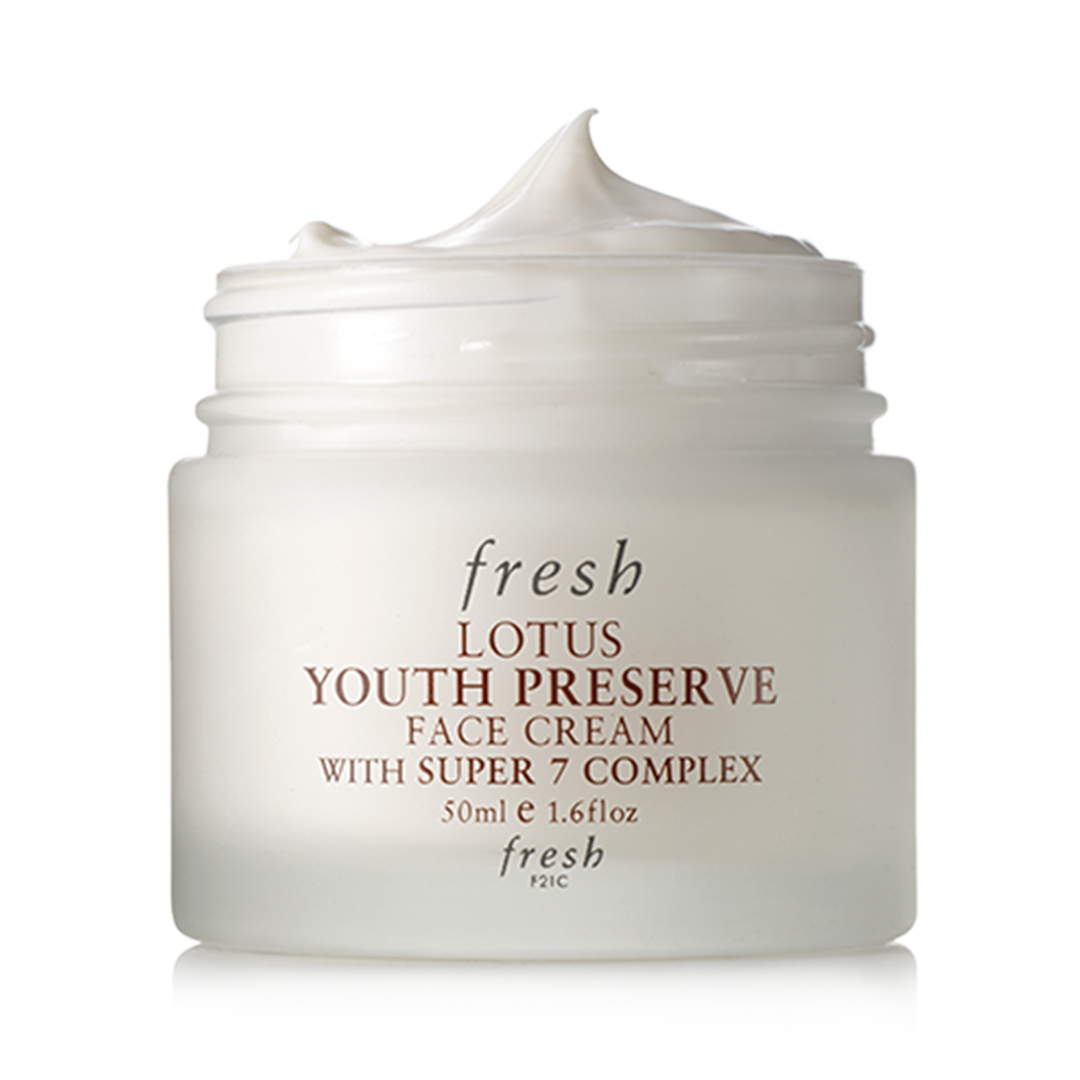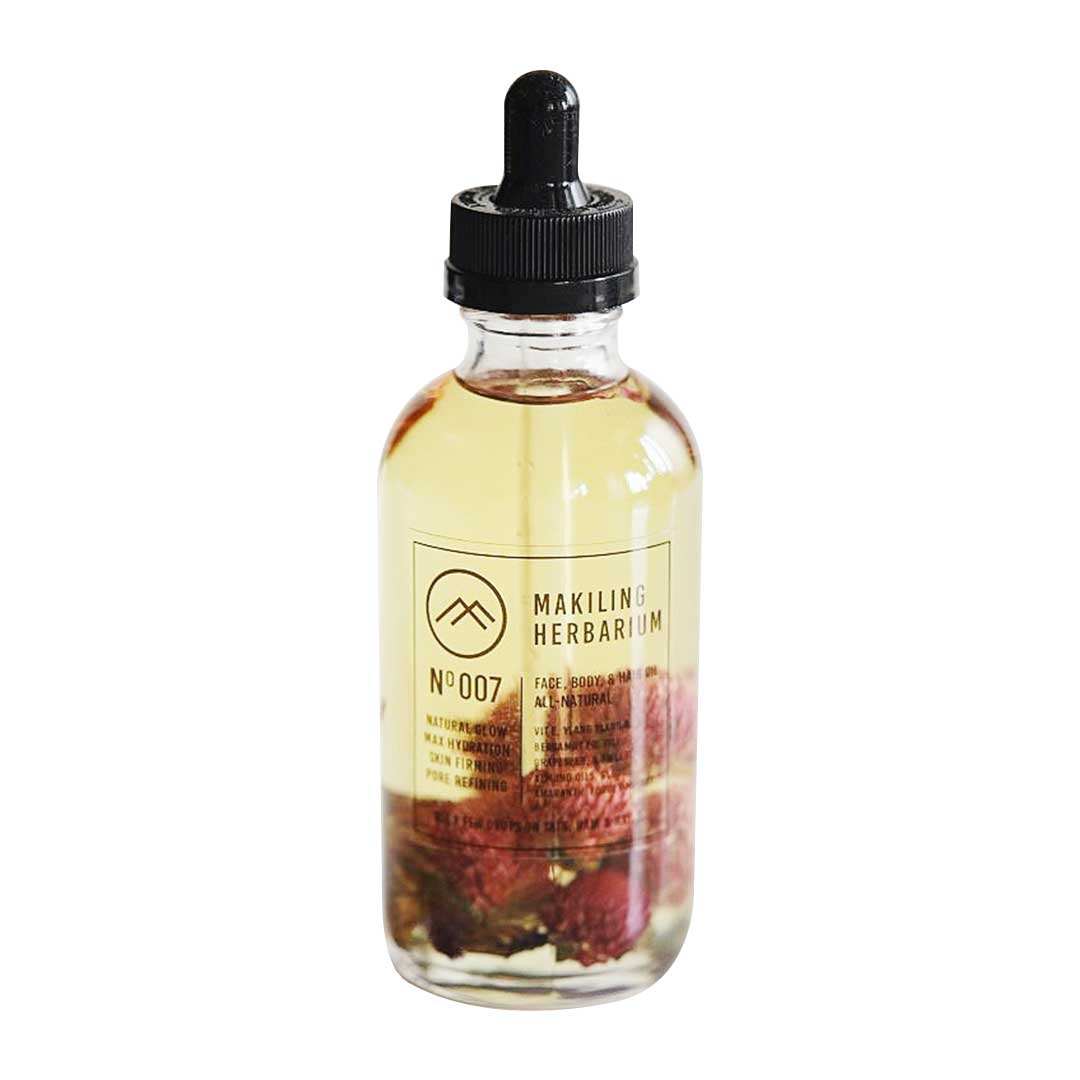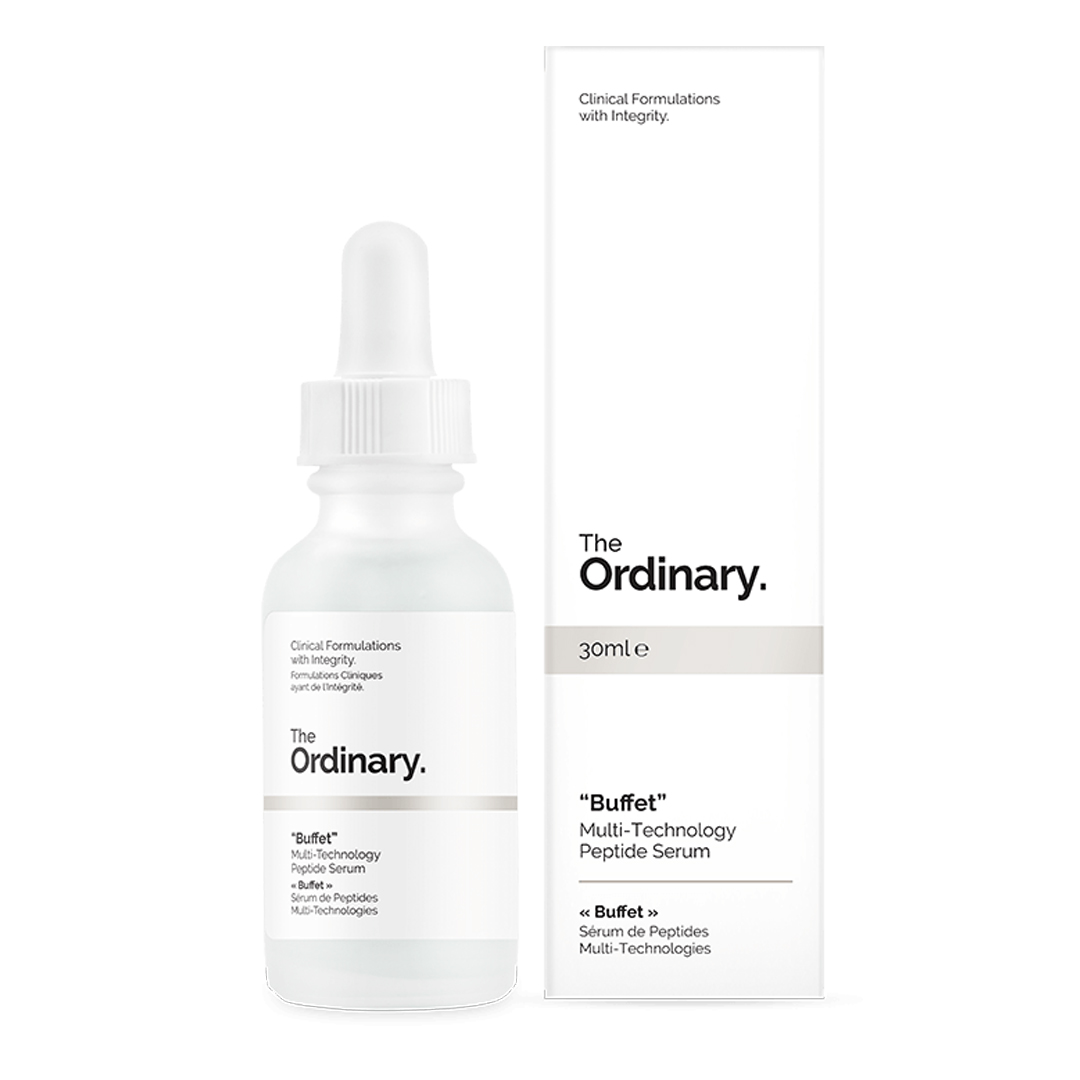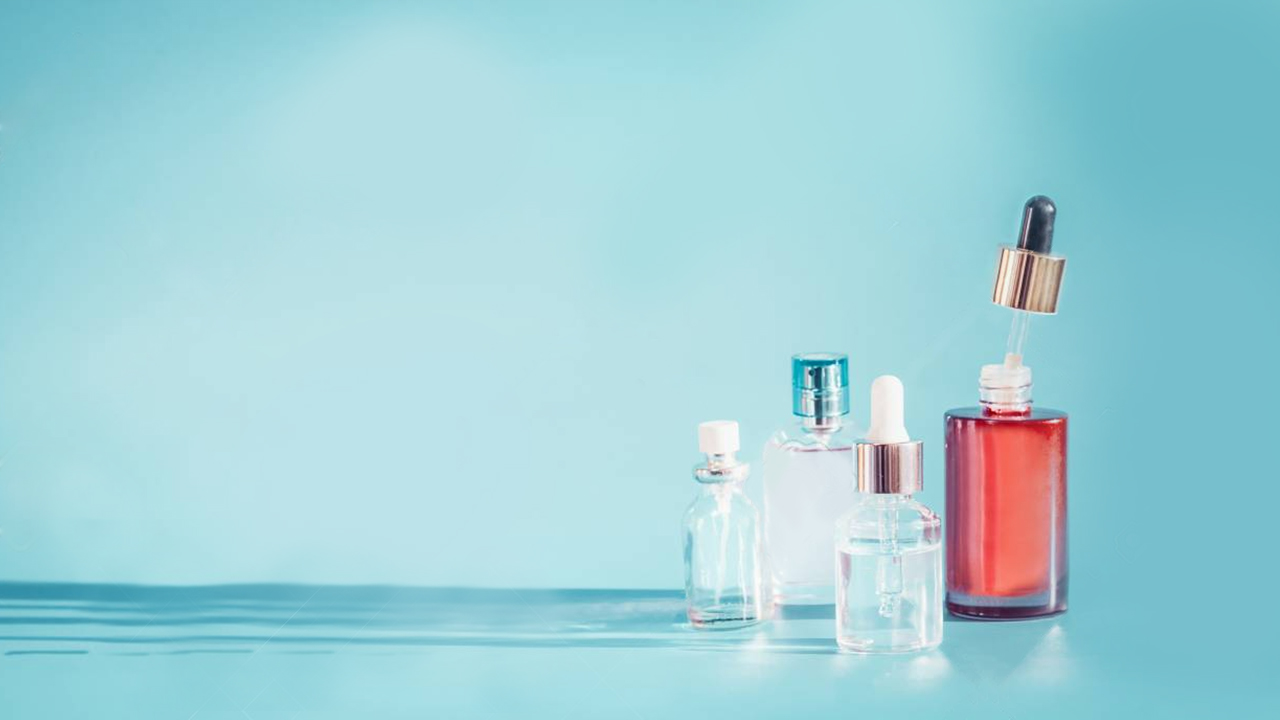
Committed to working on your skin care game this year? Work it, girl! We are not getting any younger and sadly, so does our skin. But before you hop onto your skin care journey, this isn’t something you can just go into blindly—especially if you’re looking to level it up into a more advanced routine (that goes beyond the basic 3s of cleansing, toning, and moisturizing!).
Skin care involves more science than you think and it’s best to do your research first before adding those products to cart. Advanced skin treatments are usually infused with more potent ingredients, and there are certain ingredients that when combined can cause more harm to your skin than good—or even the lack of it, since some ingredients simply cancel each other out, leaving you with no added benefit at the end of the day.
Better read up and familiarize yourself with these ingredients you should never layer on top of each other:

1) Niacinamide + Vitamin C
Both Niacinamide (aka Vitamin B3) and Vitamin C are your go-to ingredients for skin brightening and treating scarred, acne-prone skin. But when used together, Niacinamide basically cancels out the good benefits of Vitamin C and turns it into a substance that can cause redness, irritation, and can even trigger acne breakouts.
2) Retinol + Vitamin C
Both retinol and Vitamin C help combat visible signs of aging such as fine lines, wrinkles, and uneven skin tone, while increasing skin’s collagen production. Although when used together can cause intense skin irritation, peeling, and redness—plus, sun sensitivity! These ingredients are best used independently and never in the same routine. But, if you really need to use both ingredients, best practice would be to use Vitamin C in the morning (but of course, make sure to top it with sunscreen!), and retinol at night.
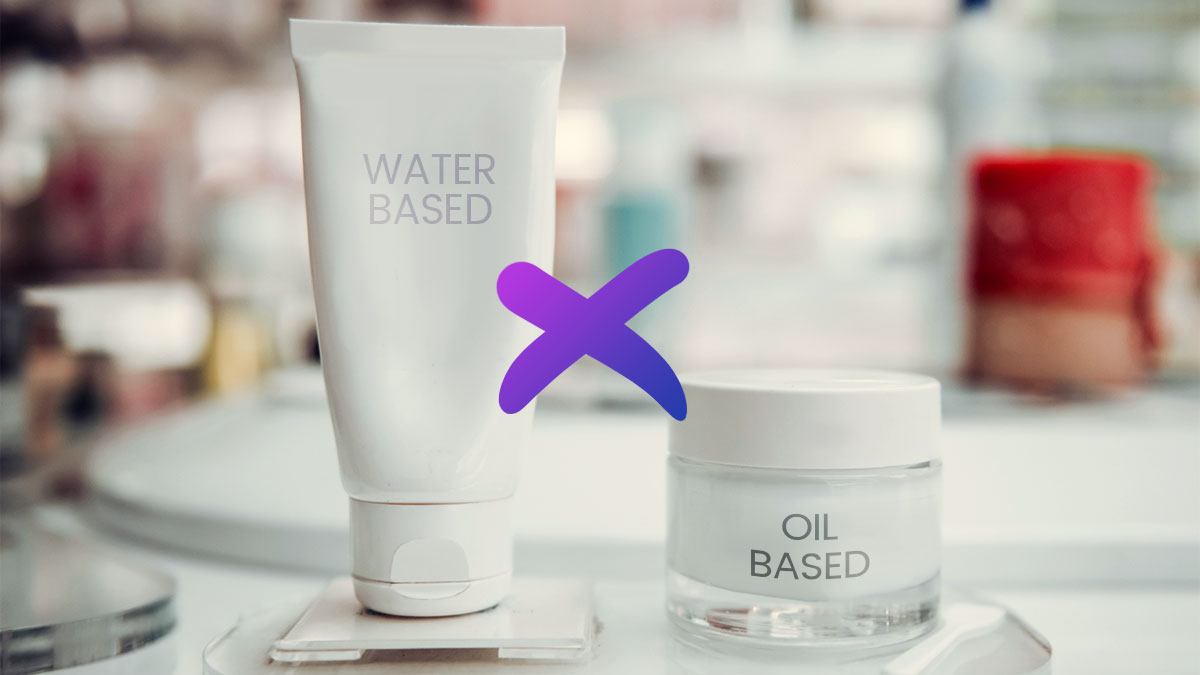
3) Oil-Based + Water-Based Product
This one actually goes without saying, but just to reiterate: oil never, ever mixes with water—and when it comes to skin care, oil-based products will leave a layer of film that will hinder water-based formulas from penetrating deep into your skin.
4) Vitamin C + AHA/BHA
Vitamin C serums ideally should have a lower pH level that is around 3 to 3.5 to make sure they’re effective—lower pH helps for better absorption since it’ll be able to penetrate deeper into your skin for best results (although low pH = higher acidity!). Combining Vitamin C with acidic ingredients such as AHA (like glycolic acid) or BHA (like salicylic acid) can alter its pH level, which can reduce the effectiveness or even cancel out the benefits of your Vitamin C. Technically, you can use both ingredients together but if you want to experience the full impact and maximize the results of your Vitamin C, best to use it on its own.
5) Retinol + AHA/BHA
AHA and BHA are chemical exfoliants that remove dead skin cells and unclog pores. Retinol is a peeling agent that stimulates your skin’s cell turnover and speeds up your skin’s natural exfoliating process. Combining these two ingredients can cause over-exfoliation that leaves you with extremely dry and irritated skin. Plus, it can cause damage to your skin’s moisture barrier.
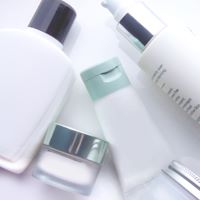
These are just some of the more common combinations you should avoid mixing together. So better make sure to do your research first before piling on those products!

Written by:
Maan Fernandez
EDITORIAL ASSISTANT
Maan loves her a good brow pencil, mascara, tint, and anything pink! She has combination skin, so a trusty oil blotter is all she needs to keep her t-zone in check. She’ll never get too old for a trip to the amusement park, and a half-dozen basket of Garlic Parmesan wings is the key to her tummy!
Other Products You Might Like:




